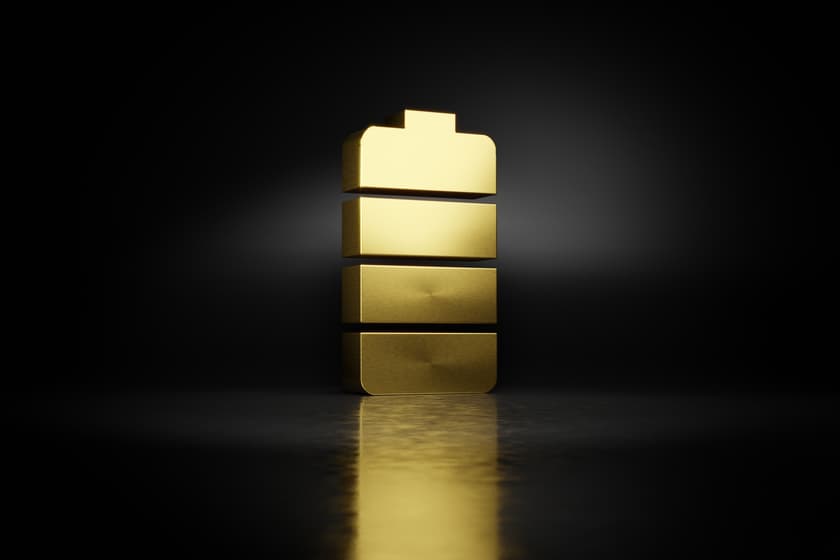
The field of battery research is riddled with roadblocks and bottlenecks, but there is one problem that rears its head more than most. Branch-like growths called dendrites continue to plague next-gen battery designs of many types, but new MIT-led research claims to have uncovered the root of the problem, and shown how it can be negated through the clever use of mechanical stress.
Dendrites are thin, tentacle-like metal filaments that can develop on the electrode of a lithium battery as it is cycled, snaking their way into the electrolyte to cause problems like short-circuiting, undesirable heating and even fire. We’ve seen all sorts of inventive approaches to stifling the growth of dendrites, but the authors of this new study believe they’ve brought new much-needed clarity to the issue.
The scientists were experimenting with a solid-state battery, an architecture that features a solid electrolyte material rather than the conventional liquid electrolyte, when they observed something unexpected. As in a typical battery, lithium ions are shuttled between two electrodes as the device is charged and discharged, in this case passing them through the solid electrolyte.
The researchers found that even though the solid electrolyte was made of a relatively hard material, the very soft lithium was able to penetrate it as ions moved between the electrodes on either side. This is a result of the changes in volume of the electrodes as they accept and deposit lithium, which can in turn lead to problematic mechanical stress.
“To deposit this metal, there has to be an expansion of the volume because you’re adding new mass,” said MIT Professor Yet-Ming Chiang. “So, there’s an increase in volume on the side of the cell where the lithium is being deposited. And if there are even microscopic flaws present, this will generate a pressure on those flaws that can cause cracking.”
Those cracks can then enable dendrites to form, according to the researchers. They were able to study this process in an experimental electrolyte material designed to be transparent. Dendrite formation typically plays out within the opaque materials of a battery cell, which is one of the reasons there are conflicting ideas about what causes it and how to stop it. By being able to directly observe the phenomenon, the scientists were able to come up with new ways to prevent the dendrites from doing damage.
In follow-up experiments, the team showed it was possible to apply mechanical stress in order to direct the growth of the dendrites, making them zig and zag perfectly in line with the direction of the pressure. While they couldn't be stopped from forming altogether, this does mean they could potentially be sent growing longways through the electrode, rather than exiting swiftly to wreak havoc in the electrolyte.
The team demonstrated this by using mechanical pressure to bend the material, and imagine a few ways of achieving this in a real-life battery. The device could incorporate materials with different thermal expansion properties to induce bending and in turn mechanical stress, or the materials could be doped with atoms that cause distortions. Importantly, the pressures required to control the growth of dendrites is considered very attainable, at around 150 to 200 megapascals, which the team says would not be difficult to implement.
If they can do so, and design a battery that overcomes the dendrite problem by having them grow harmlessly through the electrodes, the work could unlock highly promising next-generation architectures, such as solid-state lithium metal batteries. With pure lithium metal in use as one of the anodes in place of graphite and copper, these could offer several times the energy density of today’s batteries, while also being lighter and safer as they don’t use flammable liquid electrolytes.
From here, the team is aiming to demonstrate a functional battery with this form of desired mechanical stress to direct the direction of dendrite formation.
The research was published in the journal Joule.